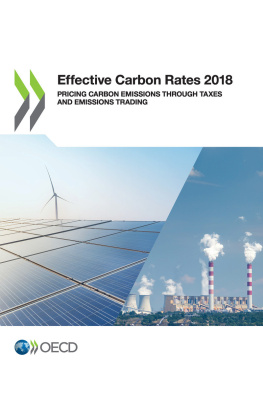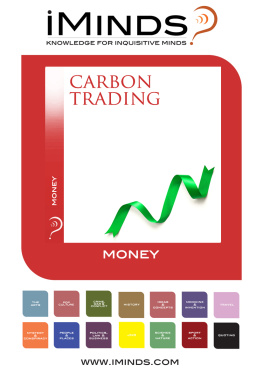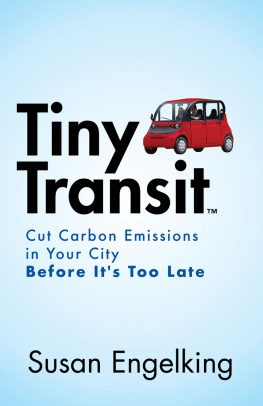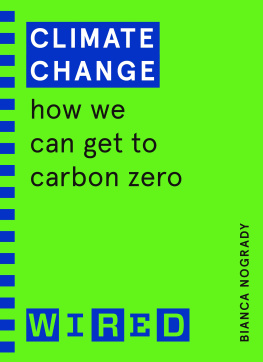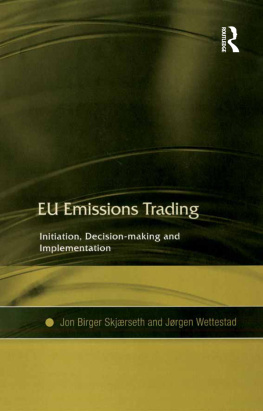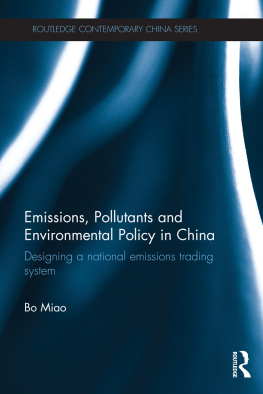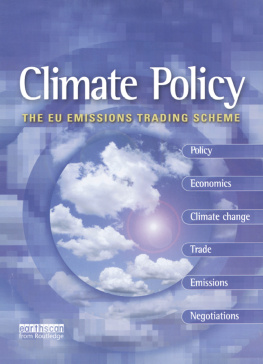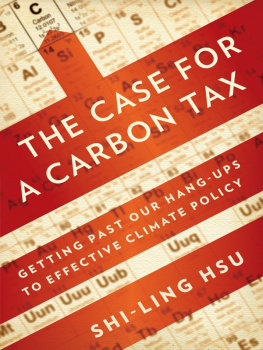coll. - Effective carbon rates 2018 : pricing carbon emissions through taxes and emissions trading
Here you can read online coll. - Effective carbon rates 2018 : pricing carbon emissions through taxes and emissions trading full text of the book (entire story) in english for free. Download pdf and epub, get meaning, cover and reviews about this ebook. year: 2018, genre: Business. Description of the work, (preface) as well as reviews are available. Best literature library LitArk.com created for fans of good reading and offers a wide selection of genres:
Romance novel
Science fiction
Adventure
Detective
Science
History
Home and family
Prose
Art
Politics
Computer
Non-fiction
Religion
Business
Children
Humor
Choose a favorite category and find really read worthwhile books. Enjoy immersion in the world of imagination, feel the emotions of the characters or learn something new for yourself, make an fascinating discovery.
Effective carbon rates 2018 : pricing carbon emissions through taxes and emissions trading: summary, description and annotation
We offer to read an annotation, description, summary or preface (depends on what the author of the book "Effective carbon rates 2018 : pricing carbon emissions through taxes and emissions trading" wrote himself). If you haven't found the necessary information about the book — write in the comments, we will try to find it.
coll.: author's other books
Who wrote Effective carbon rates 2018 : pricing carbon emissions through taxes and emissions trading? Find out the surname, the name of the author of the book and a list of all author's works by series.
Effective carbon rates 2018 : pricing carbon emissions through taxes and emissions trading — read online for free the complete book (whole text) full work
Below is the text of the book, divided by pages. System saving the place of the last page read, allows you to conveniently read the book "Effective carbon rates 2018 : pricing carbon emissions through taxes and emissions trading" online for free, without having to search again every time where you left off. Put a bookmark, and you can go to the page where you finished reading at any time.
Font size:
Interval:
Bookmark:
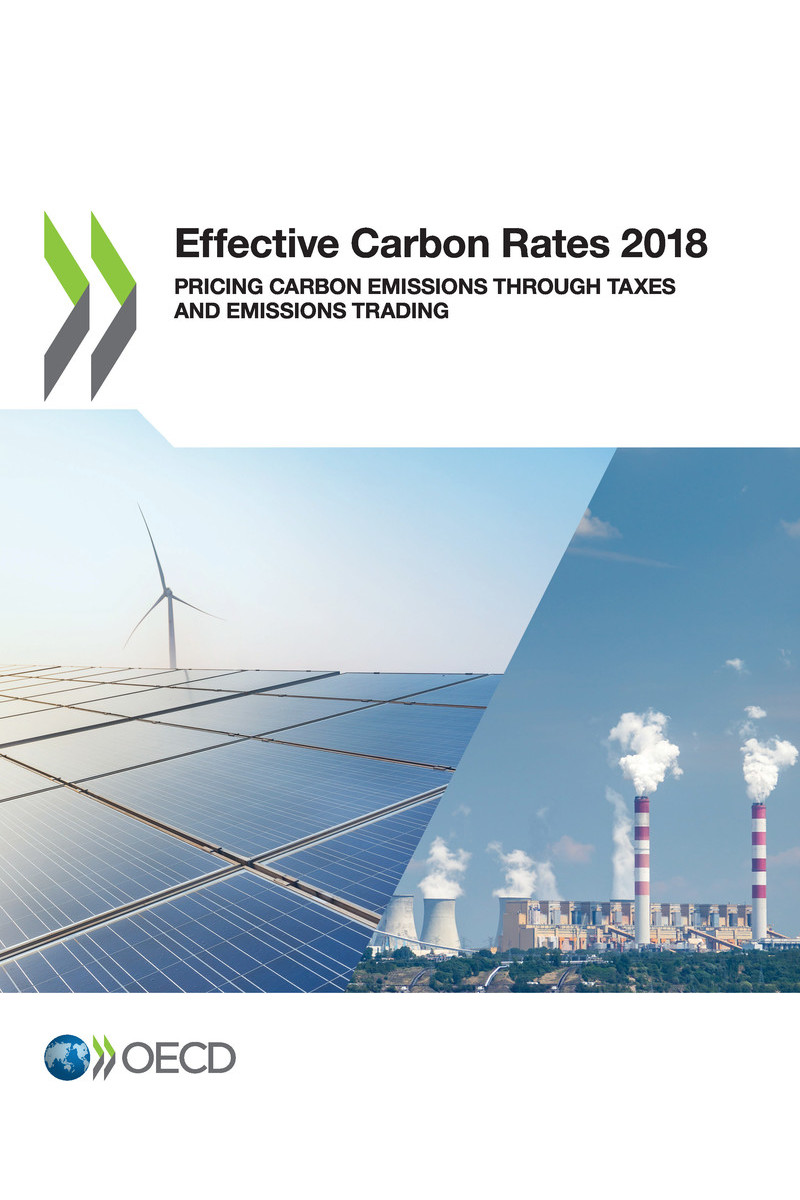
OECD (2018), Effective Carbon Rates 2018: Pricing Carbon Emissions Through Taxes and Emissions Trading , OECD Publishing, Paris.
https://doi.org/10.1787/9789264305304-en
This report was prepared by the Tax Policy and Statistics division in the OECDs Centre for Tax Policy and Administration under the auspices of the Committee on Fiscal Affairs and the Environment Policy Committee. It is unique in its comprehensive approach, integrating carbon prices that result from taxes and emissions trading systems. It provides detailed effective carbon rates for 42 OECD and G20 countries in 2015 and 2012, as well as estimates of the effective carbon rates in 2018.
The report was drafted by Florens Flues and Kurt Van Dender. The database architecture was developed and updated by Luisa Dressler and Florens Flues. Information on emissions trading systems was collected and processed by Johanna Arlinghaus, Luisa Dressler, Florens Flues, Melanie Marten and Jonas Teusch. Carrie Tyler improved the presentation and the dissemination of the work. Michael Sharratt advised on graphical design and the implementation of new publication processes. All contributors are in the OECDs Centre for Tax Policy and Administration, in the case of Jonas Teusch through a joint appointment with the Environment Directorate.
The authors would like to thank their colleagues Nils Axel Braathen and David Bradbury from the OECD for their very insightful feedback on earlier versions of the report.
The report was discussed by the OECDs Joint Meetings of Tax and Environment Experts, and it was approved for declassification by the Committee on Fiscal Affairs and the Environment Policy Committee. The authors would like to thank in particular the delegates to the Joint Meetings and their colleagues in supranational, national and subnational government administrations for their assistance with the provision of data, as well as for invaluable suggestions, inputs and comments received at various stages of preparing the data and the report.
Pricing carbon emissions allows countries to smoothly steer their economies towards and along a carbon-neutral growth path. By putting a price on carbon emissions, countries can increase resource efficiency, boost investment in clean energy, develop and sell low-emission goods and services, and increase resilience to risks inherent in deep structural change. Failing to price carbon emissions now, increases the risk that the planet overheats, with average temperatures increasing by five or more degrees. Adaptation to such increases might be possible, but would likely be extremely costly. Decisive action to reduce the risk is by far the better option.
Pricing carbon emissions is important for moving to carbon-neutral growth. This second edition of Effective Carbon Rates shows how 42 OECD and G20 countries, representing 80% of world emissions, price carbon emissions from energy use today, and how much progress has been made since 2012.
Carbon prices are measured using the effective carbon rate (ECR). The ECR is the sum of three components: specific taxes on fossil fuels, carbon taxes and prices of tradable emission permits. All three components increase the price of high-carbon relative to low- and zero-carbon fuels, encouraging energy users to go for low- or zero-carbon options.
In each of the 42 countries, the ECRs are measured for six economic sectors: industry, electricity generation, residential and commercial energy use, road transport, off-road transport, and agriculture and fisheries. The report discusses the change of ECRs by comparing pricing patterns in 2012, 2015 and estimates for 2018.
The carbon pricing gap measures the difference between actual ECRs and benchmark rates. The report considers two benchmark rates: EUR 30, a low-end estimate of carbon costs today; and EUR 60, a midpoint estimate of the carbon costs in 2020 and a low-end estimate for 2030. The carbon pricing gap indicates the extent to which polluters do not pay for the damage from carbon emissions.
The aggregate carbon pricing gap summarises the current use of market-based, cost-effective tools to decarbonise across the 42 countries studied. At the country level, a low gap can also be seen as an indicator of long-term competitiveness, i.e. being well prepared for the low-carbon economy.
In order to close the gap, it is essential to price currently unpriced emissions, either through emissions trading or tax reform. Emissions trading can be an effective option, noting that true support for low and zero-carbon investments needs higher and more stable permit prices than currently observed. Taxes have the advantage of simple administration, especially when grafted onto existing excise tax regimes. In many sectors, tax rates currently fall short of benchmarks and will need to increase significantly to reflect carbon costs. Revenue-neutral reforms allow to cut other taxes.
The aggregate carbon pricing gap is declining at a snails pace. Using EUR 30 per tonne of CO as a benchmark, the gap for the 42 countries as a whole dropped from 83% in 2012 to 79.5% in 2015, and is estimated to reach 76.5% in 2018. Smooth and cost-effective decarbonisation requires the carbon pricing gap to close much faster.
New carbon pricing initiatives have the potential to significantly reduce the carbon pricing gap. Nation-wide emissions trading in China could lead to a significant drop of the global carbon pricing gap, to 63% in the early 2020s. Canada may nearly close its national carbon pricing gap through new carbon pricing efforts by that time.
Font size:
Interval:
Bookmark:
Similar books «Effective carbon rates 2018 : pricing carbon emissions through taxes and emissions trading»
Look at similar books to Effective carbon rates 2018 : pricing carbon emissions through taxes and emissions trading. We have selected literature similar in name and meaning in the hope of providing readers with more options to find new, interesting, not yet read works.
Discussion, reviews of the book Effective carbon rates 2018 : pricing carbon emissions through taxes and emissions trading and just readers' own opinions. Leave your comments, write what you think about the work, its meaning or the main characters. Specify what exactly you liked and what you didn't like, and why you think so.

